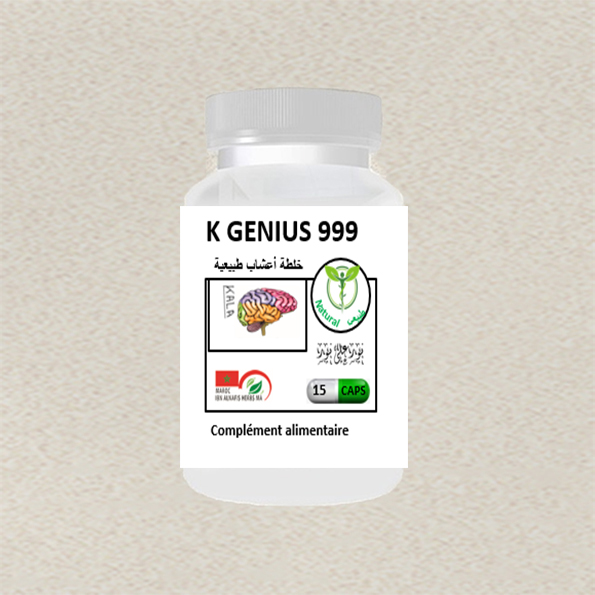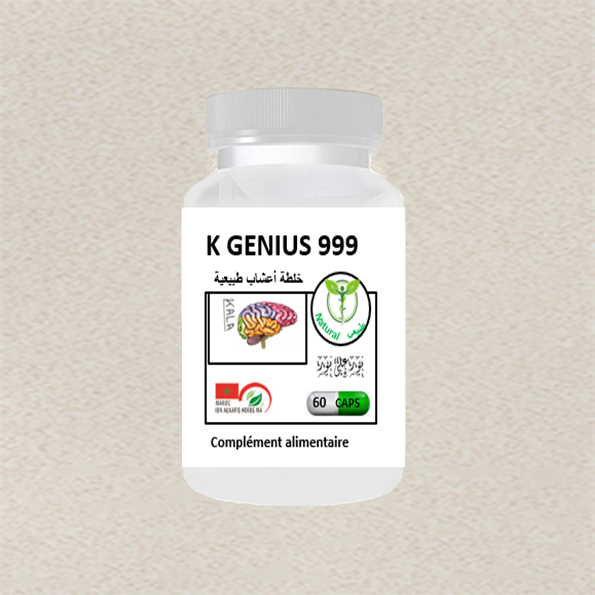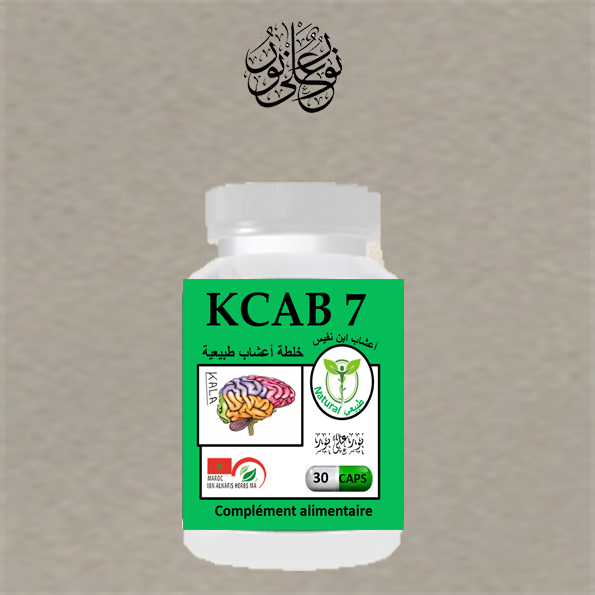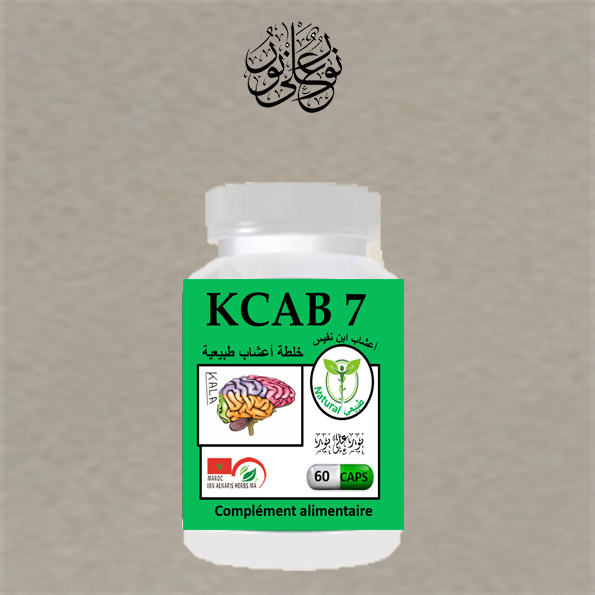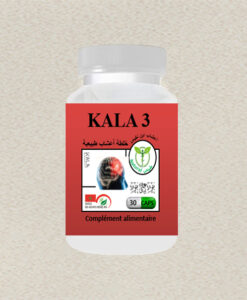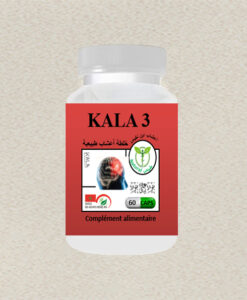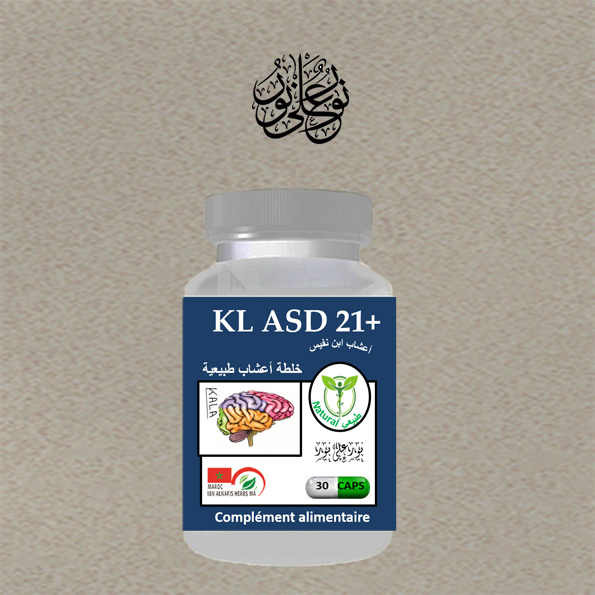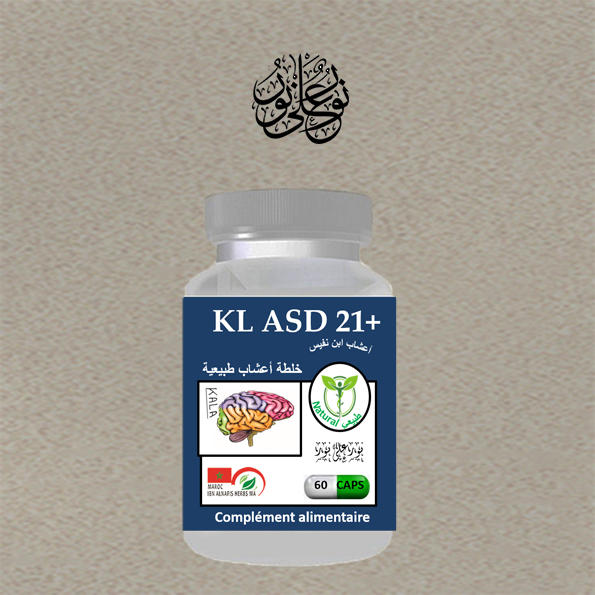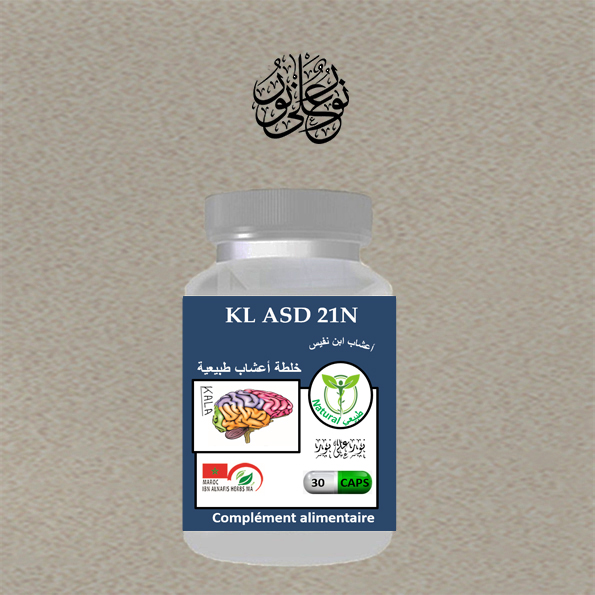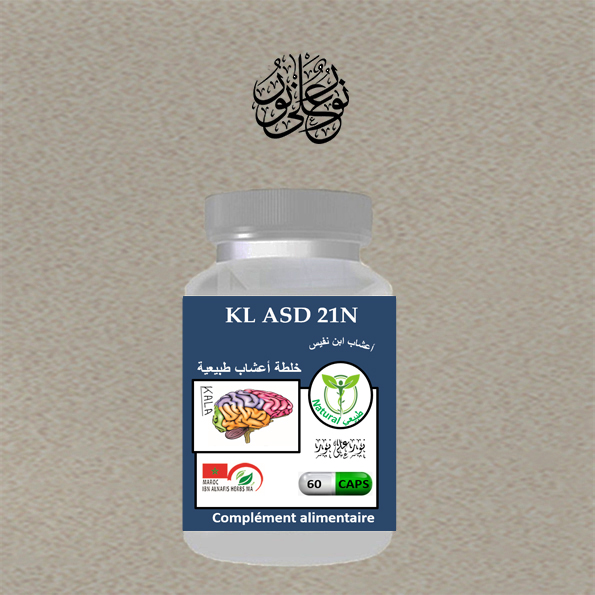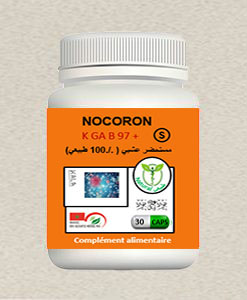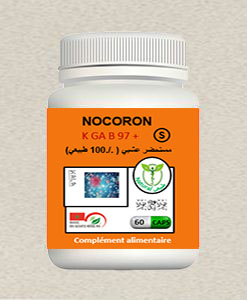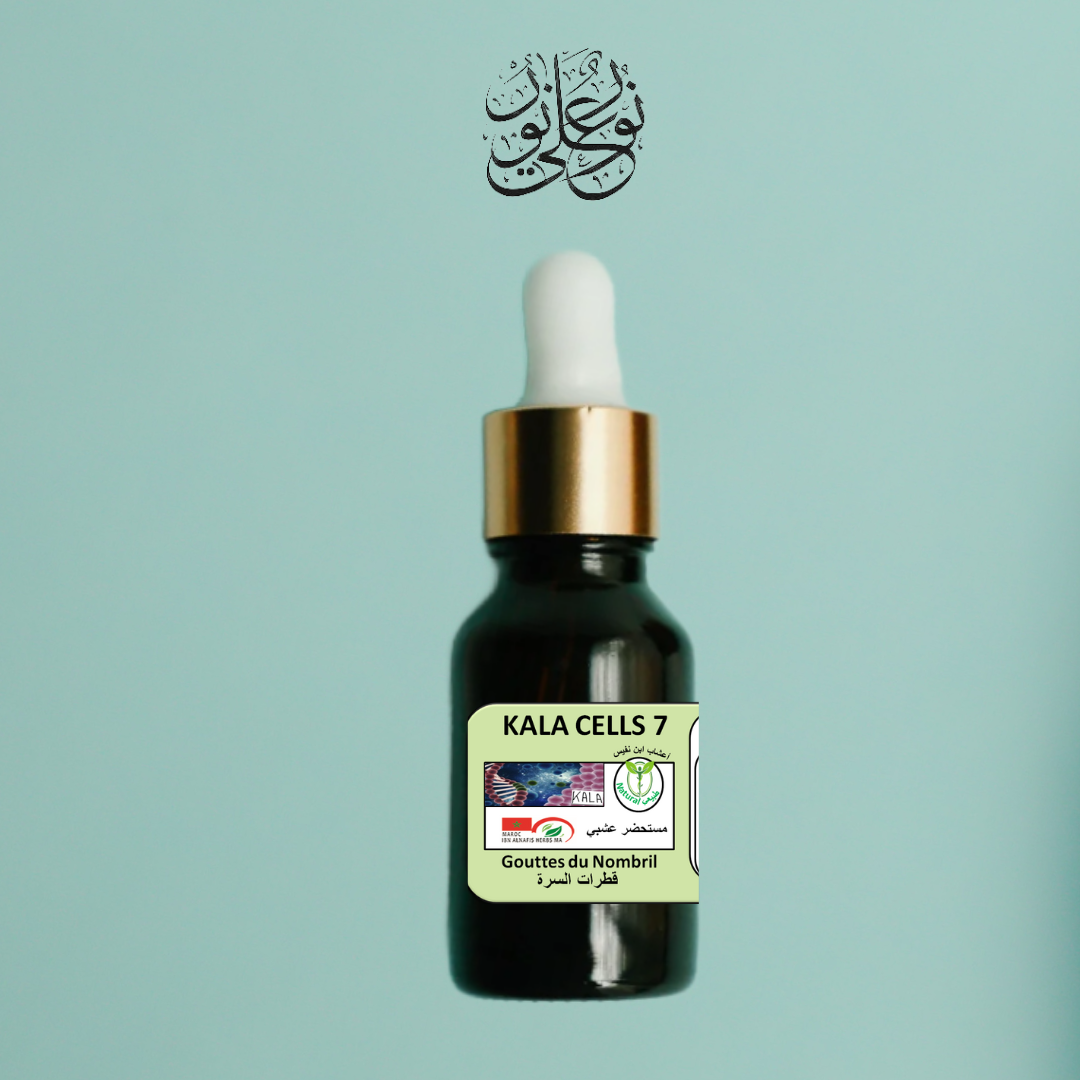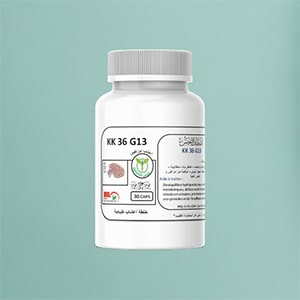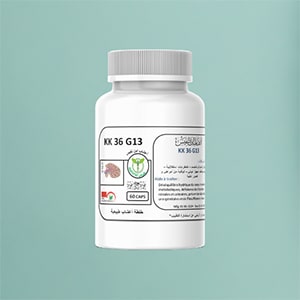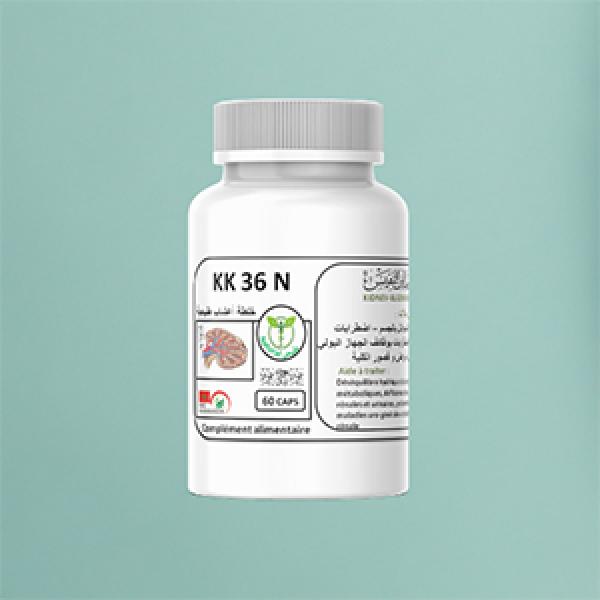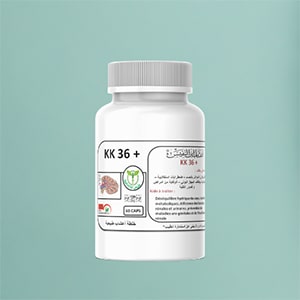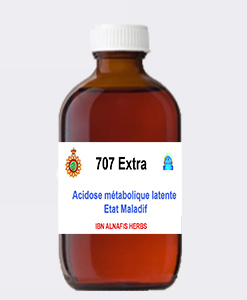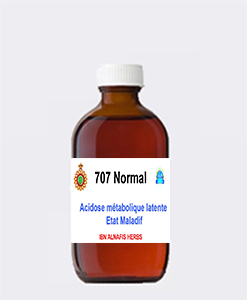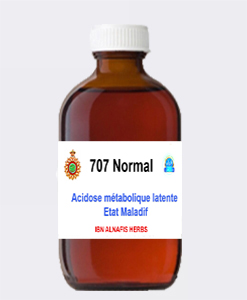Chemical Imbalance in the Brain – Addiction
Our cognitive ability, emotions, behaviors, actions, thoughts and life are influenced by the action of neurotransmitters, neuromodulators and neurohormones according to a series of chemical reactions in the brain.
Neurotransmitters or neuromediators are inhibitory or excitatory and transmit nerve impulses between neurons. Neuromodulators modify the release of neuromediators or the sensitivity of receptors as for the sensation of pleasure or pain. Neurohormones are transported by the blood or lymph to act on a tissue, gland or organ.
Our brain is constantly reconfiguring itself throughout our life under the influence of our genes, our environment and our experiences. Throughout our life, we create neurons with an average of 700 neurons per day especially in the hippocampus, the embryo has a peak of 250,000 neurons per second. Neurogenesis slows down with age. Stress, depression, alcohol and drugs inhibit it; on the other hand, good nutrition, physical contact and exercise, breathing techniques that stimulate immunity increase cognitive performance, protect the brain and delay the effects of aging.
Learning is, on a biological level, an association of certain neurons to create new synaptic connections. Repeating and reviewing information strengthens these connections. New connections can weaken or disappear following the use of another network of neurons, the brain only wears out when it is no longer used. A break is necessary between learning and memorization, a moment of relaxation can consolidate the data. Sleep is essential for memory, learning and intelligence.
For a few moments of pleasure, drugs can lead to dependence and years of hell. The harmful potential of drugs appears in three areas: Intoxicating, aggressive and addictive.
Each drug has a degree of somatic (physical) intoxicating potential capable of damaging certain organs and a psychological intoxicating potential that can lead to death by overdose. The aggressive potential leads to overestimating one’s capacities and appreciation of danger and to committing acts of violence. The addictive potential leads to dependence.
The risks vary from one drug to another depending on the potential for harm and the sensitivity of the user, their physical and psychological state. They are: somatic, psychological, maternal, fetal and social.
Please contact us for any information, explanation or advice about our products.
Get information and consultationXXXXXXXXXXXX


